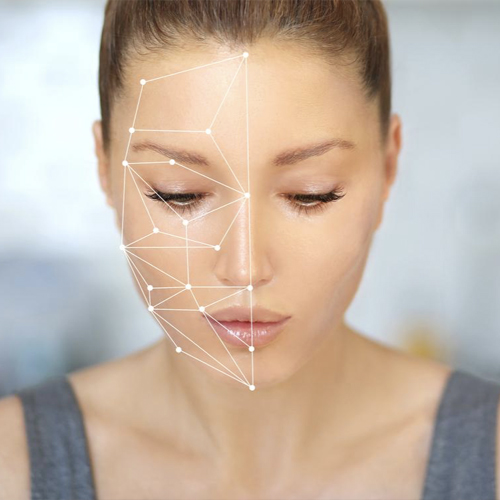collagen fibers in therapy
Fibrillogenesis is the process of forming fibers of collagen. In the body, the networks of fibers are highly organized and ready to receive signals from cells. The fibers are cross-linked with banding molecules. In collagen therapy, these bands are highly ordered and dense. The collagen fibers form a robust triple helix structure. Salts, pH, and nutrients affect collagen’s fiber size and banding.
These links significantly affect how collagen regenerative therapy helps with different medical conditions. The ligands attract other types of cells. This can be fine-tuned to regenerate the right amount of tissue, such as joint lining, in a person with rheumatoid arthritis.
getting collagen regenerative therapy
The density of the collagen fibers also affects the availability of nutrients to cells. When more nutrients are available, tissues can regenerate faster. The collagen can be combined with different acidic or basic solutions to facilitate the desired scaffold type and density for repairing a wide range of skin injuries and conditions. The micro-needling technique gets the collagen fibers and growth factors exactly where needed. This process works quickly and with fewer side effects than other skin treatments.


